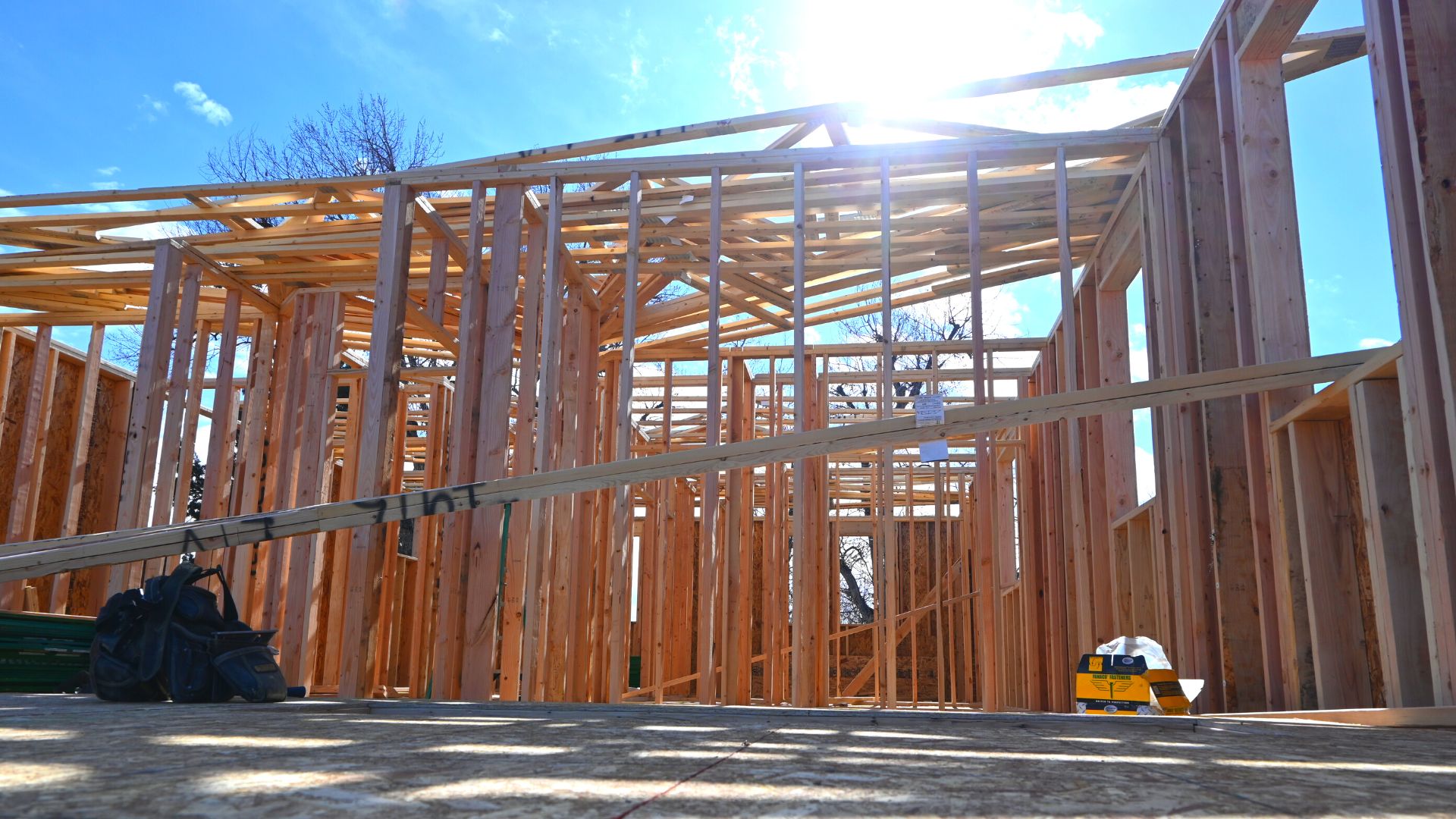Homebuilders in America are seeing a lot of advantages moving forward as the construction industry evolves with new markets, prices, interest rates, and building materials. With these advantages, a handful of larger companies are moving to buy smaller firms in a surge of mergers and acquisitions. The need for growth and expansion in the US housing market has never been more pronounced, so much so, even foreign companies are seeking to enter the market bringing along strong competition and efficiencies that might benefit potential single-family homebuyers. Reviewing an article from CNBC about how, Homebuilder deal activity is surging, fueled by major Japanese buyers – here are some observations:
Key Takeaways
M&A Activity Surge: The single-family homebuilder market is seeing record M&A activity in both deal volume and value. Large public builders are leading acquisitions as they seek to expand into new markets, price points, and housing products by acquiring smaller private builders. This growth is driven by rising demand and the constraints caused by limited housing supply and high mortgage rates.
Advantages for Public Builders: Public builders hold a 50% market share, benefiting from lower borrowing costs compared to private builders, enabling them to acquire companies without heavy debt. This shift from 30% to 50% market share in five years highlights their growing dominance.
International Involvement, Especially from Japan: Japanese companies are heavily involved in M&A deals within the U.S. homebuilding market, drawn by limited growth prospects at home and affordable capital. Japanese firms like Sekisui House and potentially others (Sumitomo Forestry and Daiwa House) are investing in U.S. builders, contributing expertise in efficient building processes, including 3D modeling and factory-based material pre-cutting, which could improve cost-effectiveness.
Future Growth and Policy Considerations: M&A activity may continue given the demand and regulatory landscape. Potential policy changes under the Trump administration could either boost or hinder growth depending on land use policies, zoning regulations, and immigration impacts on labor.
How does this affect Denver Homebuilders?
The influx of Japanese buyers into the U.S. homebuilding market, particularly through mergers and acquisitions, could have implications for Denver homebuilders. While no specific mergers or acquisitions have been announced for Denver-based companies, the presence of new, well-capitalized competitors could influence the local market. With large builders expanding their market share and potentially bringing more efficient building practices and increased production capacity, local homebuilders may face heightened competition. This could drive further development in high-demand areas around Denver, where the need for new housing is acute, and may lead local builders to adopt more innovative, cost-effective practices to stay competitive.
This increased competition may also push local Denver homebuilders to specialize further, differentiating their offerings to appeal to niche markets, such as high-end custom homes or eco-friendly designs that resonate with luxury clients. As larger builders focus on expanding their footprint, Denver’s local builders can leverage their intimate knowledge of local preferences, zoning laws, and community values to provide tailored services that larger companies might overlook. Additionally, this environment could encourage partnerships with local architects, designers, and sustainability experts, positioning Denver builders as the go-to choice for clients seeking personalized, high-quality, and sustainable homes in the area.
Industry Efficiencies in Homebuilding
Japanese homebuilding companies, particularly those entering the U.S. market through recent acquisitions, bring advanced efficiencies that streamline the construction process. By employing meticulous planning and technology, they often begin with 3D modeling to “build” homes digitally, allowing for precise planning and the reduction of material waste. This approach, combined with factory-based prefabrication methods where structural components like trusses, frames, and wall panels are pre-cut and assembled off-site, can reduce waste by up to 30%. Such efficiencies not only lower production costs but also speed up timelines, allowing these companies to produce large volumes of homes quickly and cost-effectively. This method, rooted in value engineering and lean manufacturing principles, reflects Japan’s approach to construction as a scalable, efficient operation.
The Design-Build Process A Custom Home Solution
In contrast, Sustainable Design Build (SDB) focuses on a personalized, full-service approach tailored to the unique needs of individual clients. While large-scale efficiencies benefit production speed and cost, SDB prioritizes quality, customization, and a client-centered experience that many large builders cannot match. SDB’s in-house design and architectural teams work closely with clients to create custom home additions, ADUs, and luxury remodels that reflect each client’s personal style, preferences, and functional needs. This approach ensures that every project is distinct, offering an individualized aesthetic that differs from the “one-size-fits-all” efficiency model. Additionally, SDB’s local knowledge and adaptability mean that each project is carefully adapted to Denver’s specific zoning and environmental regulations, providing clients with a seamless and customized experience that prioritizes craftsmanship and attention to detail over rapid production.
Connect With Us
Planning your next renovation, or maybe you are looking to do a complete remodel for your home? Whatever the task, it can’t hurt to ask. Reach out to our team through this form.
We can schedule a free consultation and discuss everything you need to get your project moving in the right direction. Did we mention, it’s absolutely free?

